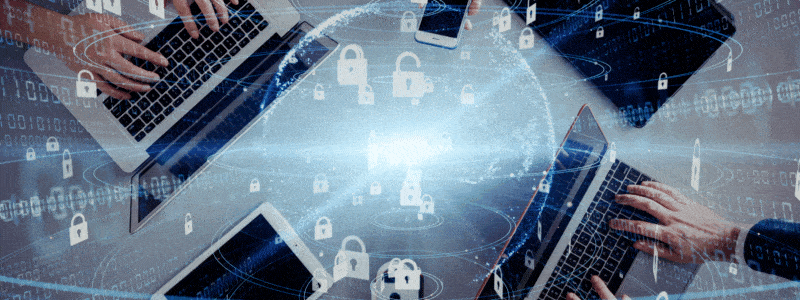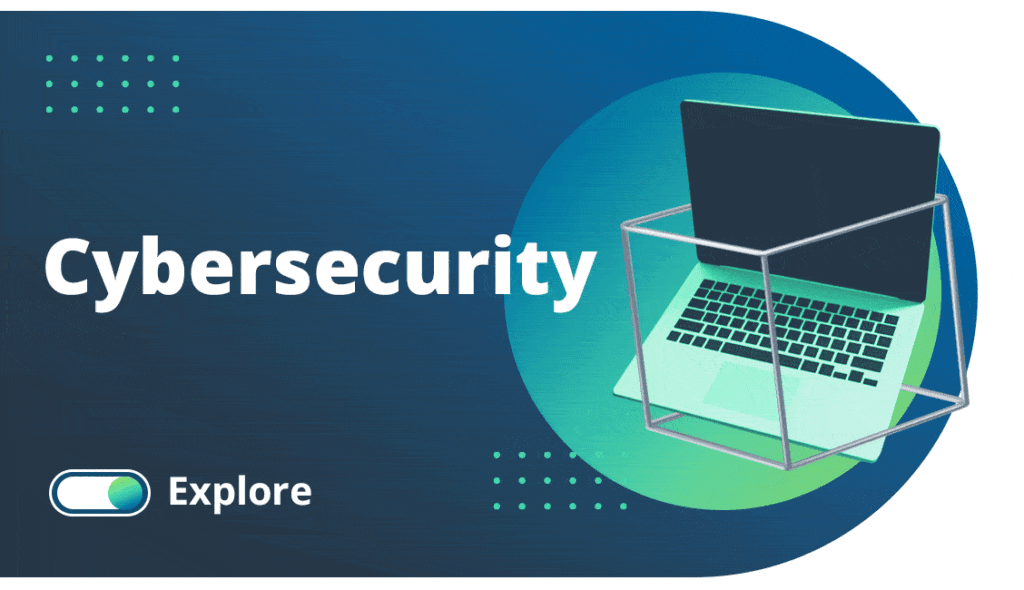In today’s digital age, businesses face an ever-growing number of cyber threats. From data breaches and phishing attacks to ransomware and malware, cybercriminals are constantly evolving their tactics to exploit vulnerabilities. To combat these threats, organizations must invest in robust cybersecurity services tailored to their unique needs. But with so many options available, how do you determine which services are the best fit for your organization?
This comprehensive guide explores the various types of cybersecurity services, how to choose the right ones, and actionable tips to secure your business. We’ll also address frequently asked questions and conclude with key takeaways to help you navigate the complexities of cybersecurity.
Key Takeaways
Understand your needs: Conduct a risk assessment to identify critical areas requiring protection.
Prioritize training: Equip employees with the knowledge to recognize and mitigate threats.
Choose scalable solutions: Ensure that cybersecurity tools grow with your organization.
Monitor continuously: Invest in tools that provide real-time threat detection and response.
Review regularly: Conduct frequent security audits and update your policies as needed.
Leverage external expertise: Consider managed security services or consultants for specialized needs.
Types of Cybersecurity Services

1. Network Security
Network security focuses on protecting the organization’s infrastructure, ensuring that unauthorized users or malicious activities cannot access or harm the network.
- Examples of Network Security Services:
- Firewalls to monitor and control incoming and outgoing traffic.
- Intrusion Detection and Prevention Systems (IDPS).
- Virtual Private Networks (VPNs) for secure remote access.
- Network Access Control (NAC) to limit access based on policies.
- Zero Trust Architecture to eliminate implicit trust in the network.
2. Endpoint Security
Endpoint security safeguards devices such as laptops, smartphones, and desktops that connect to the organization’s network.
- Key Components:
- Antivirus and anti-malware solutions.
- Device encryption to protect sensitive data on endpoints.
- Endpoint Detection and Response (EDR) tools for proactive monitoring.
- Patch management to address software vulnerabilities.
- Mobile Device Management (MDM) for remote control and security enforcement.
3. Cloud Security
With many businesses migrating to the cloud, protecting cloud environments has become essential.
- Cloud Security Services Include:
- Secure configuration of cloud platforms (e.g., AWS, Azure, Google Cloud).
- Data encryption in transit and at rest to protect sensitive information.
- Cloud Access Security Brokers (CASBs) to monitor and secure cloud use.
- Identity and Access Management (IAM) for cloud users to prevent unauthorized access.
- Continuous compliance monitoring to meet regulatory standards.
4. Application Security
Applications often serve as entry points for attackers. Application security ensures that software is free from vulnerabilities.
- Services Provided:
- Application vulnerability testing and code review to identify weaknesses.
- Web Application Firewalls (WAFs) to block malicious traffic.
- Secure Software Development Life Cycle (SDLC) implementation for proactive security.
- Regular penetration testing to simulate real-world attack scenarios.
- Security patches and updates to address known vulnerabilities.
5. Identity and Access Management (IAM)
IAM solutions manage user identities and control access to systems and data.
- Examples:
- Single Sign-On (SSO) for seamless user access to multiple systems.
- Multi-Factor Authentication (MFA) to enhance login security.
- Role-based access control (RBAC) to restrict access based on job functions.
- Privileged Access Management (PAM) to protect sensitive administrator accounts.
- Biometric authentication methods for enhanced security.
6. Data Protection and Encryption
Protecting sensitive data is a top priority for any organization.
- Key Services:
- Data Loss Prevention (DLP) solutions to prevent unauthorized sharing.
- Strong encryption algorithms for data at rest and in transit.
- Backup and disaster recovery solutions to ensure data availability.
- Secure data wiping tools to permanently erase sensitive information.
- Tokenization to replace sensitive data with unique identifiers.
7. Managed Security Services (MSS)
Managed Security Service Providers (MSSPs) offer outsourced monitoring and management of security systems.
- Benefits Include:
- 24/7 monitoring and incident response to address threats in real-time.
- Threat intelligence and analysis to stay ahead of emerging risks.
- Compliance reporting to meet industry and regulatory standards.
- Cost-effective solutions for small to medium businesses.
- Access to a team of experts without the need for in-house resources.
8. Incident Response and Forensics
This service focuses on responding to security breaches and minimizing damage.
- Key Activities:
- Incident response planning to outline procedures for handling attacks.
- Forensic analysis to determine the attack’s origin and scope.
- Post-incident reviews and recommendations for future prevention.
- Containment and eradication of threats to restore normal operations.
- Crisis communication to manage public relations during breaches.
9. Security Awareness Training
Human error is a leading cause of security breaches. Training employees to recognize and respond to threats is critical.
- Components:
- Phishing simulation exercises to test employee awareness.
- Regular workshops on cybersecurity best practices.
- Tailored training for different organizational roles.
- Policy reinforcement to ensure adherence to security protocols.
- Gamified training modules to improve engagement and retention.
10. Threat Intelligence and Analytics
Proactive threat intelligence helps organizations predict and prevent attacks.
- Key Offerings:
- Continuous monitoring of the threat landscape.
- Dark web monitoring for leaked credentials and sensitive data.
- Predictive analytics to identify potential vulnerabilities.
- Integration with Security Information and Event Management (SIEM) tools.
- Custom threat intelligence reports for strategic decision-making.
How to Choose the Right Cybersecurity Services

1. Assess Your Organization’s Needs
- Conduct a comprehensive risk assessment to identify potential threats.
- Identify critical assets that need protection (e.g., customer data, intellectual property).
- Understand compliance requirements (e.g., GDPR, HIPAA, PCI DSS) that apply to your industry.
- Prioritize areas with the highest risk exposure.
2. Evaluate Your Current Security Posture
- Perform a gap analysis to determine existing vulnerabilities.
- Assess the effectiveness of current security measures.
- Document past incidents to understand patterns and weaknesses.
3. Set a Budget
- Cybersecurity services can range from affordable tools to premium managed services.
- Allocate funds for critical areas like network security, endpoint protection, and training.
- Include contingency funds for unexpected incidents or additional needs.
4. Consider Scalability
- Choose solutions that grow with your organization.
- Ensure compatibility with future technologies and expansions.
- Opt for modular services that can be upgraded as needs evolve.
5. Research Providers
- Verify the reputation and credentials of service providers.
- Look for reviews, case studies, and client testimonials.
- Check for certifications like ISO 27001, SOC 2, or CISSP.
6. Test Before Committing
- Opt for trial periods or proof-of-concept implementations.
- Evaluate the user interface, reporting capabilities, and overall usability.
- Test customer support responsiveness during trials.
Practical Tips for Implementing Cybersecurity Services

Regularly Update Software and Systems
- Ensure operating systems, applications, and firmware are up to date to avoid exploitation of known vulnerabilities.
- Use automated patch management tools to streamline updates.
Implement Multi-Factor Authentication (MFA)
- Require additional verification methods beyond passwords.
- Encourage the use of hardware tokens or biometric authentication.
Back Up Data Frequently
- Maintain regular backups of critical data and test restoration procedures.
- Use offsite and cloud-based backups for redundancy.
Perform Regular Security Audits
- Engage third-party auditors to identify gaps and recommend improvements.
- Use penetration testing to simulate attacks and evaluate defenses.
Monitor Threats Continuously
- Use Security Information and Event Management (SIEM) tools for real-time monitoring and analysis.
- Set up alerts for unusual activity or unauthorized access attempts.
Develop a Cybersecurity Culture
- Encourage employees to report suspicious activities.
- Recognize and reward adherence to security protocols.
- Integrate security training into onboarding processes.
Establish a Clear Incident Response Plan
- Define roles and responsibilities for handling incidents.
- Conduct regular drills to test the plan’s effectiveness.
- Keep stakeholder informed during and after incidents.
Segment Your Network
- Use network segmentation to limit the spread of attacks.
- Apply stricter controls to sensitive areas of the network.
Also Read: How Can Cybersecurity Insurance Protect Your Organization From Digital Threats?
Conclusion
Choosing the right cybersecurity services for your organization requires a thorough understanding of your specific needs, vulnerabilities, and goals. By investing in the appropriate solutions, conducting regular assessments, and fostering a culture of security awareness, you can significantly reduce the risk of cyberattacks and protect your organization’s reputation and assets.
Remember, cybersecurity is not a one-time investment but an ongoing process. As technology evolves, so do cyber threats. Staying informed and proactive is key to maintaining a strong security posture.
FAQs About Cybersecurity Services
What are the most common cybersecurity threats?
- The most common threats include phishing attacks, ransomware, malware, insider threats, and Distributed Denial-of-Service (DDoS) attacks.
- Advanced Persistent Threats (APTs) targeting specific industries are also rising.
How much do cybersecurity services cost?
- Costs vary widely depending on the service. For example, basic antivirus solutions may cost a few hundred dollars annually, while managed security services can range from $10,000 to $50,000 per year.
Can small businesses afford effective cybersecurity services?
- Yes, many affordable solutions cater to small businesses, including cloud-based tools and managed services tailored to limited budgets.
- Government grants and subsidies are also available in some regions to support cybersecurity efforts.
What is the role of encryption in cybersecurity?
- Encryption protects data by converting it into an unreadable format, ensuring it remains secure during storage and transmission.
- It is crucial for protecting sensitive data such as financial transactions, personal information, and intellectual property.
How often should security audits be conducted?
- Ideally, security audits should be conducted annually or after significant organizational changes.
- Additional audits may be required to meet specific compliance requirements.
Do cybersecurity services guarantee 100% protection?
- No, but they significantly reduce risks and improve the organization’s ability to detect and respond to threats.
- Cybersecurity is about reducing risk to an acceptable level, not eliminating it entirely.
What’s the difference between cybersecurity and IT security?
- Cybersecurity focuses on protecting digital assets, while IT security encompasses broader protection of both digital and physical assets.
- IT security may include securing hardware, physical access, and overall infrastructure.

